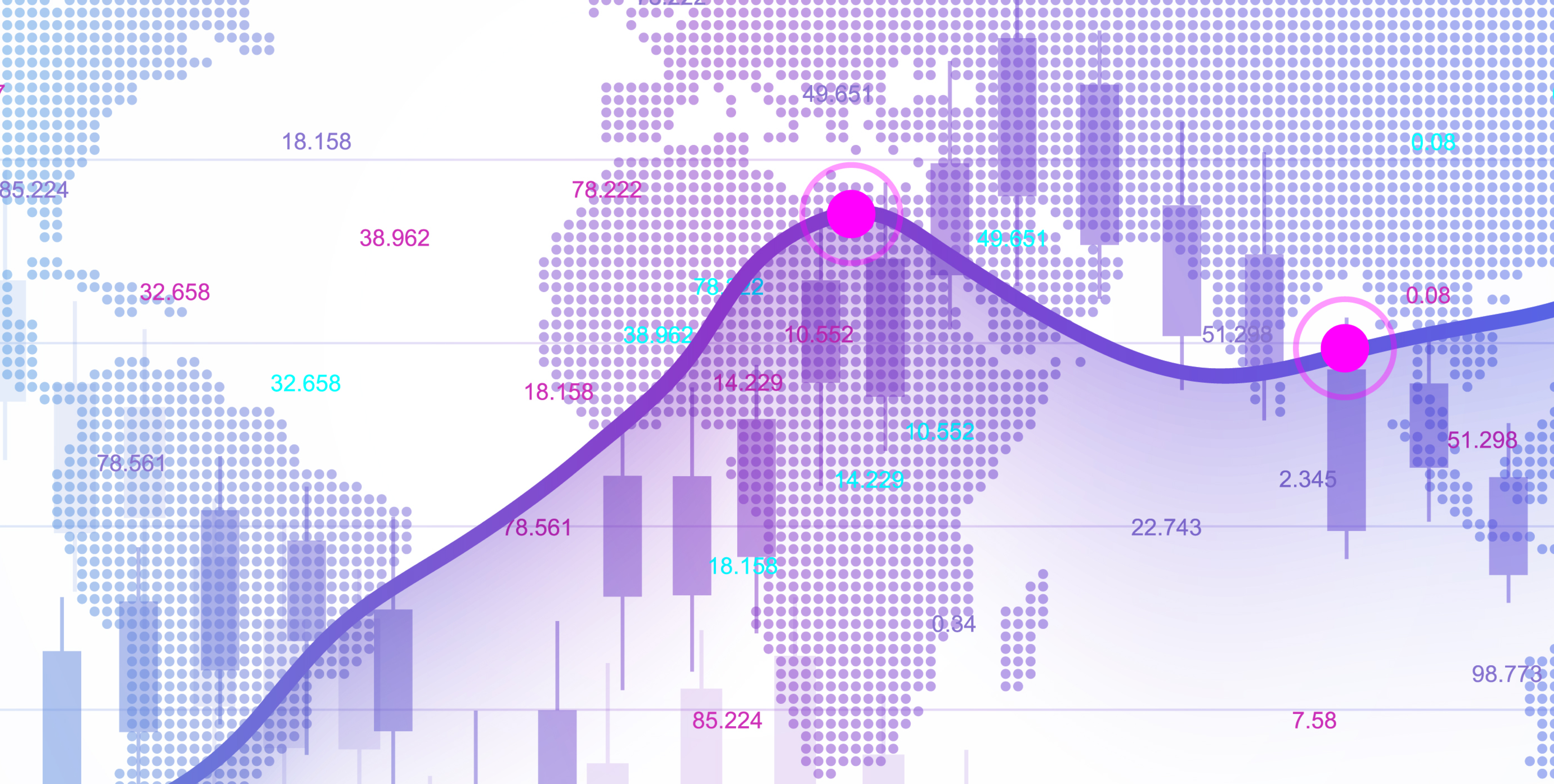It has often been said that the onset of the Covid-19 pandemic brought with it a period of introspection where focus shifted from the wider world to the here and now. We battened down the hatches and concentrated on family, trying to stay safe and working out how to continue earning a living. While we have been taking it one day at a time, it’s easy to lose track of the bigger picture and feel a growing disconnect with the outside world, financial markets and global economic trends.
Here are a few highlights of noteworthy developments on the South African front and further afield. As South Africans we are often hyper aware of all our problems, but give ourselves little credit for the positives.
The commitment of the Ramaphosa government to stimulate growth through structural reform is steadily shaping up.
Fast broadband is the backbone of a modern economy. Telkom and eTV are using the courts to block the opening up of additional spectrum needed to allow for widespread 5G, but they are clutching at straws and political and commercial pressure for the spectrum release is strong. Meanwhile MTN is spending R300 million on new fibre services and a Google and Facebook consortium are building new undersea cables that will encircle Africa and come into operation in 2022.
A stable power grid is essential for long term growth. Gwede Mantashe has appointed seven preferred bidders for the production of emergency power and further successful bidders will be announced later in the year which will cumulatively generate the 5000 MW deficit that is causing load shedding. Notwithstanding Government plans, private companies are also forging ahead in the energy sector – Gold Fields is finalising plans to construct a 40MW solar plant at its South Deep gold mine, which will comprise 116 000 solar panels and cover 118 hectares, roughly the size of 200 soccer fields. BMW, Amazon and Sasol are already sourcing electricity from independent power producers. Changes in legislation allowing for the generation of up to 10MW without a licence should see load shedding being resolved in the not too distant future.
Major upgrades of harbour and rural bridges are in progress. A new container harbour in Durban with a R100 billion investment over 10 years will increase efficiency and productivity significantly. Another R100 million is being spent upgrading Western and Southern Cape fishing harbours that have been neglected for years. The 41 rural bridges being constructed across several provinces will certainly make rural living easier.
The suspension of Ace Magashule has been somewhat of a political watershed and has already been well received on the international front.
On the political front, it does appear that the battle against state capture and corruption is at last bearing fruit. The recent suspension of Ace Magashule was a watershed and shows that President Ramaphosa’s position is steadily getting stronger. Below the high-profile headlines, it is important to note that an additional 68 ANC members from eight provinces, who are being charged with a range of criminal offences, must all step aside. Corruption is deeply embedded in SA but there are encouraging signs that the tide is now turning.
These structural and political reforms will release constraints in the economy, attract investment and perhaps most importantly of all, boost confidence on a national and international level.
In the US President Biden is moving fast on projects he has been passionate about for many years.
Joe Biden has reversed the US position on climate change from the Trump administration and signed the Paris Climate Agreement as one of his first acts as President. Since then, he has pushed through legislation limiting the use of fossil fuels and proposes ambitious policies designed to make the US a world leader in green energy.
In March Biden signed into law the $1,9 trillion American Rescue plan to counter the effects of Covid-19 for lower-income families. The Federal Reserve continues its own stimulus policies as it has for the past decade. He has proposed further massive government spending policies of $4 trillion to revive the US middle class and rebuild crumbling infrastructure.
The US national debt is now at 130% of GDP. The additional stimulus programmes will only increase this problem*. In order to start balancing its books, the Biden administration has resolved to substantially increase taxes on wealthy Americans by increasing marginal tax rates and closing tax loopholes. US company tax will also be rapidly increased, and those multinationals that use tax havens are firmly in the sights of the US tax authorities.
*(For interest, SA’s national debt is at 80% of GDP – similar to Germany’s.)
If passed into law this will be the largest raft of government spending programmes since Roosevelt’s New Deal of the 1930s. The swing from Trump’s highly conservative policies which largely benefitted the rich, to Biden’s far more socialist agenda, is happening with incredible speed. The repercussions will be felt throughout the world.
The Rand has been one of the world’s best-performing currencies over the past year.
We all like to follow the Rand, and it is a volatile currency. Currently, the Rand has strengthened to the R14.10 level against the US$ from as high as R19.00 last year and R15.80 five years ago.
Over the long term, the Rand/$ exchange rate is influenced largely by the commodity cycle and the broad US$ cycle, while political shocks in South Africa tend to move the exchange rate in the shorter term. For example, in 2011, the commodity cycle was strong and the US$ was weak, so the Rand strengthened to R6.00 to the US$. While in 2001 at the time of the Dot Com bubble, the commodity cycle was weak and the US$ was strong – so the Rand weakened to a high of R12 to the Dollar.
This shows that the Rand is not a one-way bet, and many investors have had their fingers burnt as the Rand has strengthened and remained strong for several years at a time.
Beware Cryptocurrencies
Lastly, since cryptocurrencies are always in the news these days, this perspective from the Governor of the Bank of England, Andrew Bailey is relevant. “…..they have no value. I’m going to say this very bluntly again – buy them only if you’re prepared to lose all your money.”
The macro trends we have briefly discussed may not affect your investments this week, but over the long-run structural reform in both SA and the US will have a profound effect on the markets and your investment portfolio.





